Akshaykumar Gunari
ABD-Net: Attention Based Decomposition Network for 3D Point Cloud Decomposition
Jul 09, 2021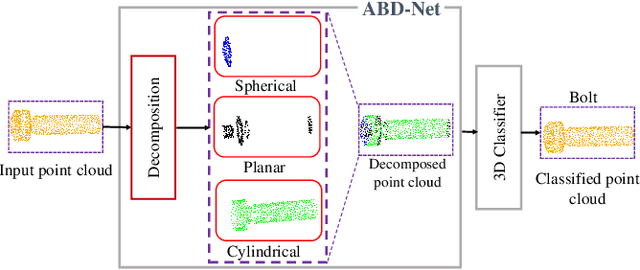
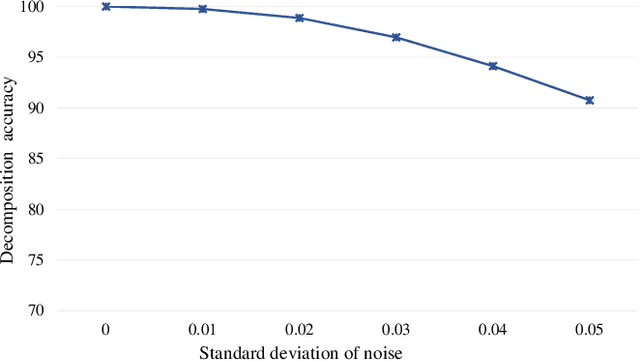
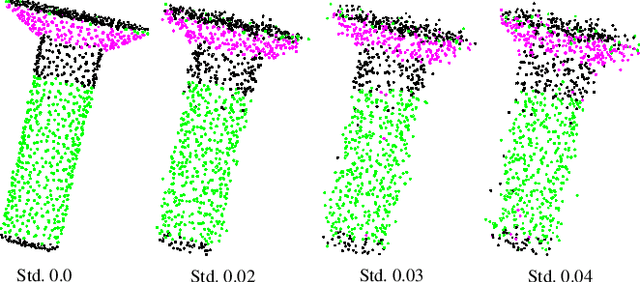
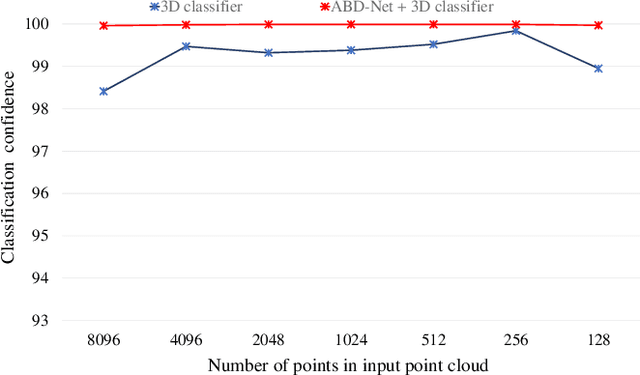
Abstract:In this paper, we propose Attention Based Decomposition Network (ABD-Net), for point cloud decomposition into basic geometric shapes namely, plane, sphere, cone and cylinder. We show improved performance of 3D object classification using attention features based on primitive shapes in point clouds. Point clouds, being the simple and compact representation of 3D objects have gained increasing popularity. They demand robust methods for feature extraction due to unorderness in point sets. In ABD-Net the proposed Local Proximity Encapsulator captures the local geometric variations along with spatial encoding around each point from the input point sets. The encapsulated local features are further passed to proposed Attention Feature Encoder to learn basic shapes in point cloud. Attention Feature Encoder models geometric relationship between the neighborhoods of all the points resulting in capturing global point cloud information. We demonstrate the results of our proposed ABD-Net on ANSI mechanical component and ModelNet40 datasets. We also demonstrate the effectiveness of ABD-Net over the acquired attention features by improving the performance of 3D object classification on ModelNet40 benchmark dataset and compare them with state-of-the-art techniques.
Augmented Data as an Auxiliary Plug-in Towards Categorization of Crowdsourced Heritage Data
Jul 08, 2021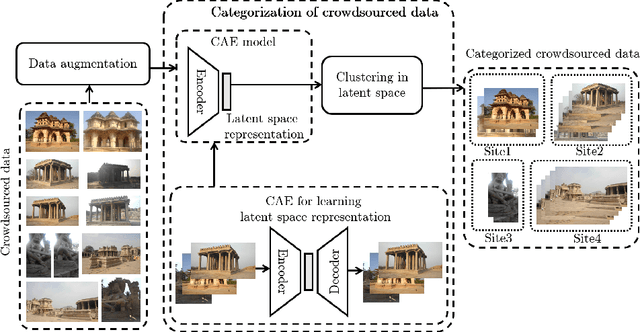

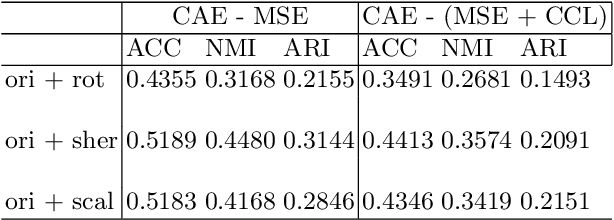
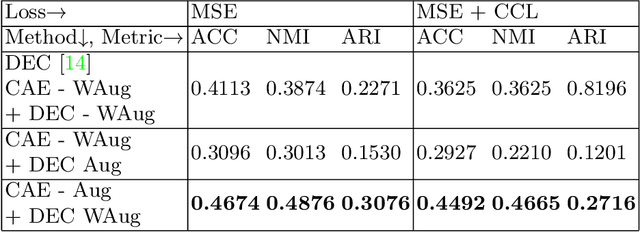
Abstract:In this paper, we propose a strategy to mitigate the problem of inefficient clustering performance by introducing data augmentation as an auxiliary plug-in. Classical clustering techniques such as K-means, Gaussian mixture model and spectral clustering are central to many data-driven applications. However, recently unsupervised simultaneous feature learning and clustering using neural networks also known as Deep Embedded Clustering (DEC) has gained prominence. Pioneering works on deep feature clustering focus on defining relevant clustering loss function and choosing the right neural network for extracting features. A central problem in all these cases is data sparsity accompanied by high intra-class and low inter-class variance, which subsequently leads to poor clustering performance and erroneous candidate assignments. Towards this, we employ data augmentation techniques to improve the density of the clusters, thus improving the overall performance. We train a variant of Convolutional Autoencoder (CAE) with augmented data to construct the initial feature space as a novel model for deep clustering. We demonstrate the results of proposed strategy on crowdsourced Indian Heritage dataset. Extensive experiments show consistent improvements over existing works.
Deep Visual Attention-Based Transfer Clustering
Jul 06, 2021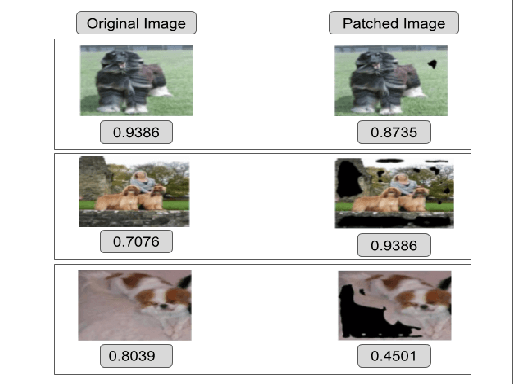
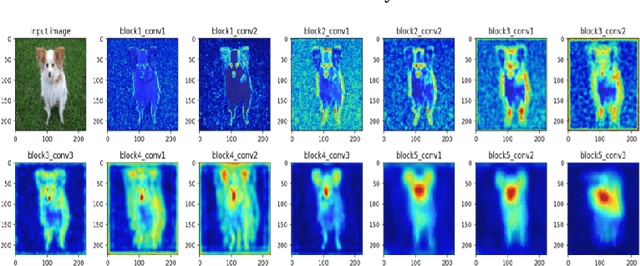
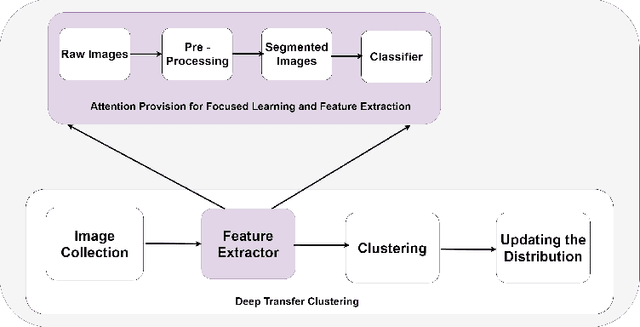
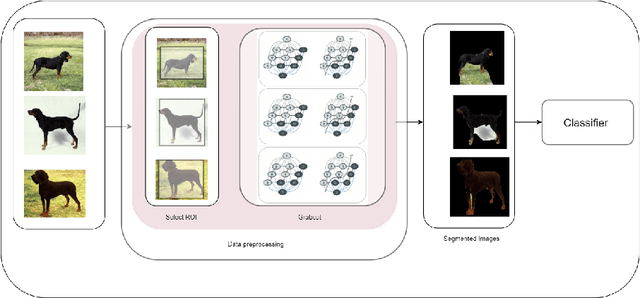
Abstract:In this paper, we propose a methodology to improvise the technique of deep transfer clustering (DTC) when applied to the less variant data distribution. Clustering can be considered as the most important unsupervised learning problem. A simple definition of clustering can be stated as "the process of organizing objects into groups, whose members are similar in some way". Image clustering is a crucial but challenging task in the domain machine learning and computer vision. We have discussed the clustering of the data collection where the data is less variant. We have discussed the improvement by using attention-based classifiers rather than regular classifiers as the initial feature extractors in the deep transfer clustering. We have enforced the model to learn only the required region of interest in the images to get the differentiable and robust features that do not take into account the background. This paper is the improvement of the existing deep transfer clustering for less variant data distribution.
 Add to Chrome
Add to Chrome Add to Firefox
Add to Firefox Add to Edge
Add to Edge